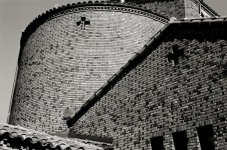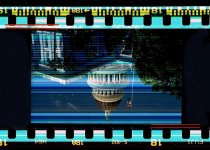finarphin
Established
I have two rangefinders: a Leica IIIc and a Leica IIIf. I have some questions, and so I started this thread. I hope it's all right.
Both of these cameras have light leaks in the shutter. I'm wondering is this typical for Leica IIIs, or just typical for Leica IIIs that need maintenance?
I also notice that the framing of the image in the viewfinder is different than through the lens. If the camera is in landscape orientation, the top of the frame shows less on the negative. Is this typical for Leica IIIs, or could the rangefinder somehow be out of alignment? I also have a Canon powershot, also a rangefinder, but on that one the rangefinder shows more than what the sensor gets.
Finally, the mode of attachment of images to posts in this forum is something I'm not familiar with. I wonder if someone could explain the algorithm for that.
Thank you.
Both of these cameras have light leaks in the shutter. I'm wondering is this typical for Leica IIIs, or just typical for Leica IIIs that need maintenance?
I also notice that the framing of the image in the viewfinder is different than through the lens. If the camera is in landscape orientation, the top of the frame shows less on the negative. Is this typical for Leica IIIs, or could the rangefinder somehow be out of alignment? I also have a Canon powershot, also a rangefinder, but on that one the rangefinder shows more than what the sensor gets.
Finally, the mode of attachment of images to posts in this forum is something I'm not familiar with. I wonder if someone could explain the algorithm for that.
Thank you.







